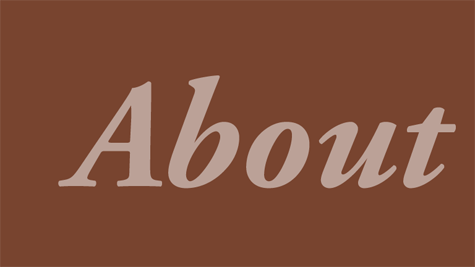I grew up in a home where unusual big-life questions were the everyday conversation. What is our human purpose? Have the new capabilities that powerful technologies confer on the world at large changed people and if so, in what ways? Could they serve a greater good? In 1949 my parents, Barbara Marx Hubbard (
BarbaraMarxHubbard.Com) and Earl Wade Hubbard (
EarlHubbard.Com), met in Paris soon after the dropping of the bombs on Japan in 1945. This event prompted them to ask their unusual questions. They may have not been necessary to ponder, not so very long ago. Their answers culminated in a perspective they called conscious evolution. My mother believed it unwise to leave it up to chance that powerful technologies, such as those used to build weapons of mass destruction, would be adapted to serve peaceful purposes in the future. She felt it far better to evolve or choose this objective.
Following through with this choice would be how to evolve both the purpose for the technology and the human purpose that they fulfill.






